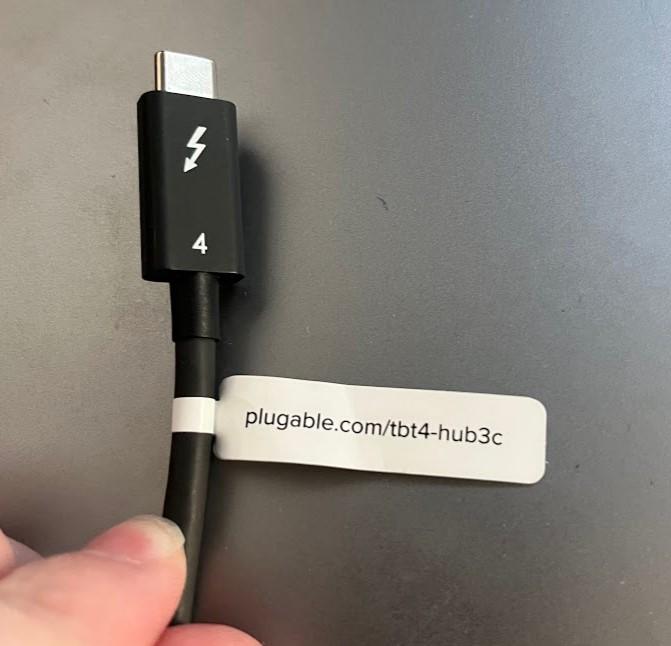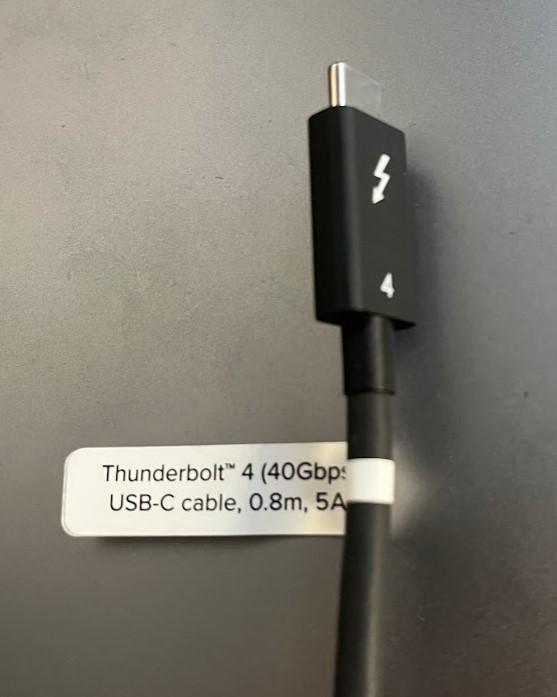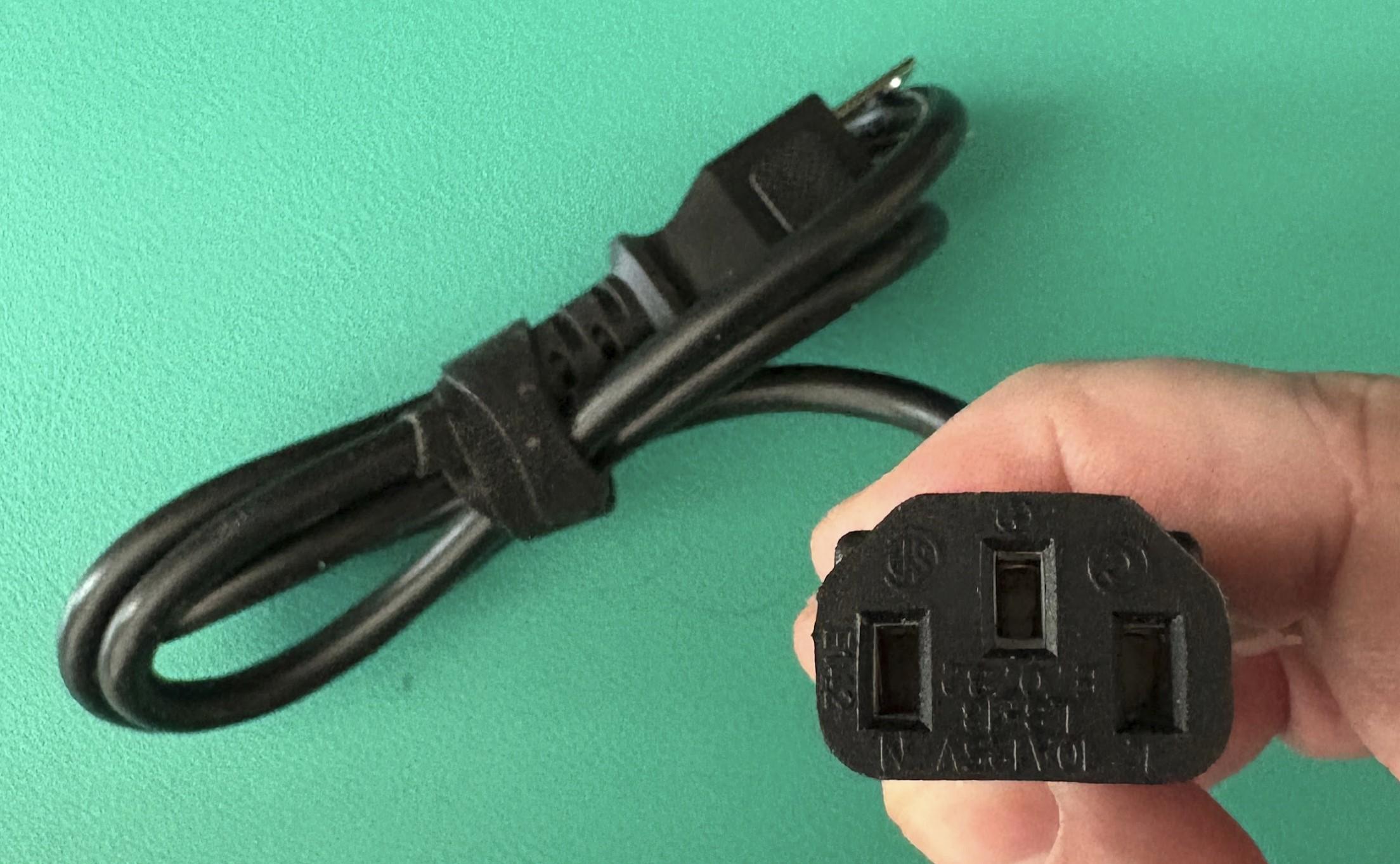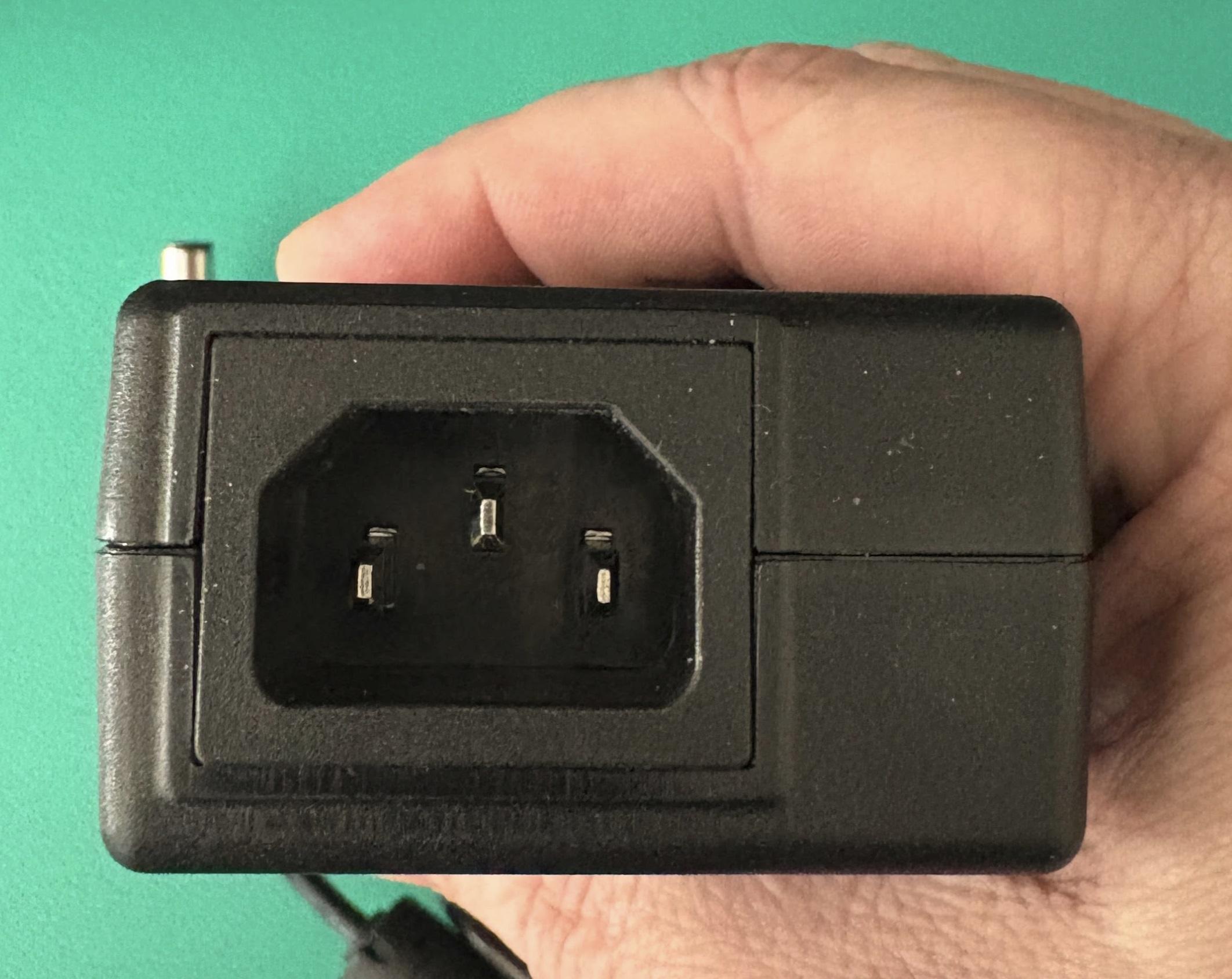


















Hassle free, 2-Year Warranty
Fast, Free Shipping on Orders $35+
Lifetime Technical Support
30-Day Money Back Guarantee
Plugable Thunderbolt 4 and USB4 Hub
$189.95 USD
SKU: TBT4-HUB3CAmazon Rating : (293 Reviews)
Features
- Certified Reliability— The Plugable Thunderbolt 4 and USB4 Hub with 60W charging is Thunderbolt certified and built on the Intel Goshen Ridge Chipset for maximum performance and compatibility with your USB-C, USB4, and Thunderbolt devices. Thunderbolt 4/USB4 host required for maximum hub performance.
- Thunderbolt 4 and USB4— This hub adds the fully featured Thunderbolt and USB-C ports your system may lack. Each of the three downstream Thunderbolt ports supports 40Gbps data transfer, 15W charging for phones, tablets, and high-performance peripherals. Video output for up to two 4K@60Hz or one 8K@30Hz display - depending on your host system’s capabilities, one USB-C to HDMI 2.0 video adapter is included for added flexibility.
- Compatibility— Windows (10+) and macOS (11+) Thunderbolt 4 and USB4 systems. Thunderbolt monitor hub supports up to 2x 4K screens at 60Hz, one 8K screen at 30Hz or 1x 6K on Apple silicon Macs. Functionality will be limited on USB-C only host systems. Thunderbolt 3 Windows systems not recommended.
- Mac Notes— Base M3 MacBook Air and Pro systems support dual extended displays in clamshell mode, or single display with lid open. Macs with base M1/M2 chips support one single extended display over Thunderbolt. Macs with base M4, M5 or Apple Pro/Max chips support dual displays with lid open. Intel Thunderbolt 3 Macs support 2x displays. Included external power adapter required for operation
- Expandable Enhancement— Connect multiple high performance SSDs to build a content creation powerhouse, and expand your setup further by daisy-chaining up to 6 additional Thunderbolt peripherals. Actual performance, charging, and display support will depend on host system capabilities. One USB-C to HDMI 2.0 video adapter is included for convenience.
Free 3-Day Continental U.S. Shipping When Buying Direct!




















